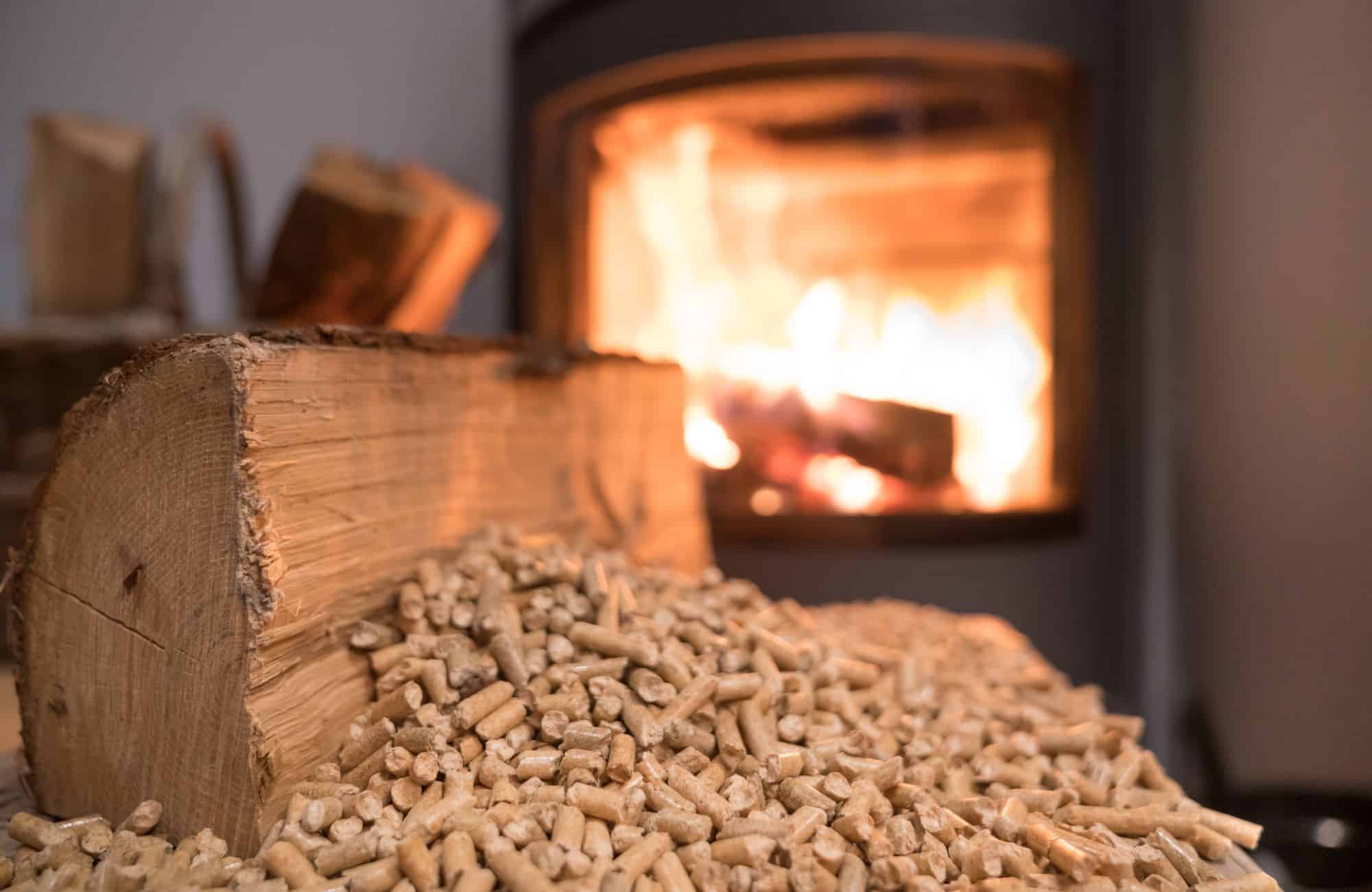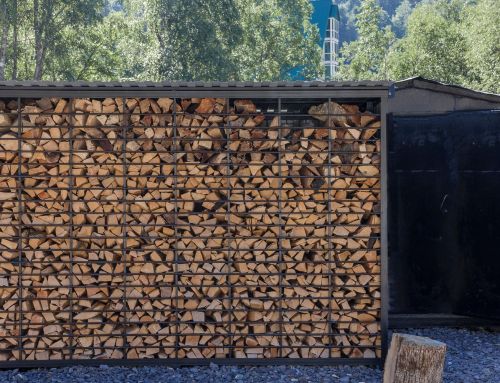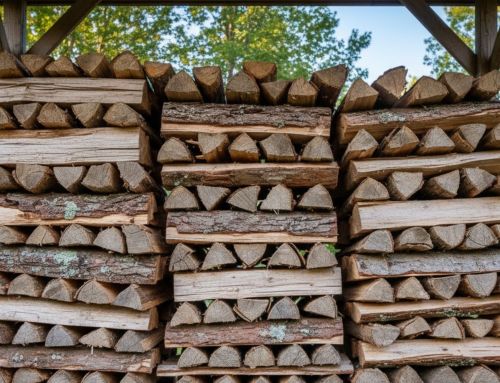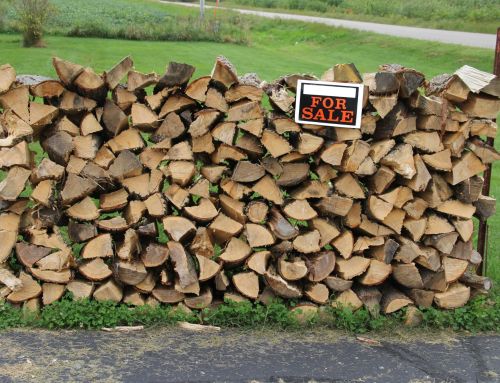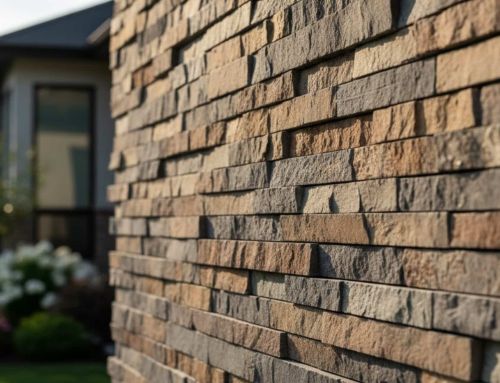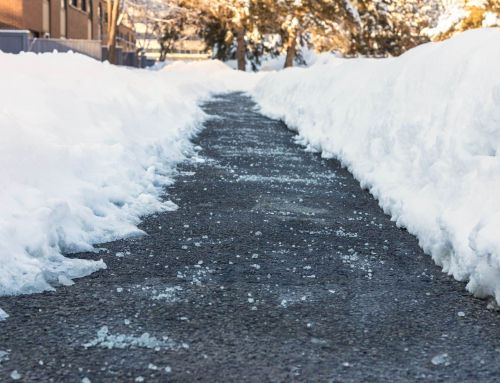In recent years, wood pellets have gained significant attention as a renewable and sustainable heating solution for homes. These small, cylindrical pellets are made from compressed organic materials such as wood shavings, sawdust, and agricultural residues. They provide an efficient and eco-friendly alternative to traditional heating methods. Wood pellets offer a reliable heat source during colder months, keeping homes warm and comfortable. Additionally, they are a cost-effective option for homeowners who want to reduce their carbon footprint and contribute to a more sustainable future.
With growing concerns over climate change and the need for sustainable living, wood pellets for heating present an attractive choice. They are a renewable source of energy, reducing the reliance on fossil fuels and cutting down on carbon emissions. This guide will explore the ins and outs of wood pellet heating, covering how pellet stoves work and the environmental benefits they offer. At Old Station Outdoor & Landscape Supply, we also provide expert tips for selecting and maintaining the right system to suit your home’s heating needs.
What Are Wood Pellets and How Do They Work?
Wood pellets are made from compressed biomass materials, typically wood waste or agricultural byproducts. The manufacturing process involves taking sawdust or wood chips, drying them, and compressing them into small, dense pellets. These pellets are then used in specialized pellet stoves and boilers, which convert the stored energy in the pellets into heat.
The process of burning pellets in a stove is highly efficient due to the controlled combustion and the consistency of the pellets. When the pellets are fed into the stove’s combustion chamber, the stove ignites them, and the heat generated is then used to warm the air in your home. Pellet stoves use advanced technology to ensure efficient combustion, allowing the pellets to burn cleanly. This process maximizes heat output while minimizing carbon emissions and pollutants.
Pellet stoves offer an excellent alternative to traditional wood-burning stoves, which can produce more ash and emissions. The consistent size and density of wood pellets contribute to a more reliable and efficient heating system. This ensures steady warmth without the need for constant reloading.
Benefits of Using Wood Pellets for Home Heating
Wood pellets are not just an environmentally friendly choice. They also provide numerous practical benefits. Here’s a closer look at why more homeowners are turning to this sustainable heating solution:
Energy Efficiency
Pellet stoves are highly energy-efficient, as they burn at high temperatures and release more heat per unit of fuel compared to traditional wood stoves. This efficiency ensures that less fuel is needed to heat your home, which translates to lower heating costs. Since wood pellets are compact and uniform in size, they burn cleanly and efficiently, providing consistent warmth.
Cost Savings
While the initial installation of a pellet stove may be higher than other heating systems, the long-term savings are significant. Pellet fuel tends to be less expensive than oil or gas heating, and wood pellets are often sourced locally, reducing transportation costs. Over time, these savings add up, making pellet heating an affordable option for many households.
Eco-Friendly Heating
By choosing wood pellets for heating, you are opting for a renewable energy source. Unlike fossil fuels, which contribute to the depletion of natural resources and high carbon emissions, wood pellets are made from sustainably sourced materials. Many pellet manufacturers follow sustainable forest management practices to ensure that their products do not harm the environment. Additionally, the carbon released when burning wood pellets is absorbed by the trees used to make them, creating a carbon sink effect.
Low Maintenance
One of the key advantages of pellet stoves over traditional wood stoves is their low maintenance requirements. Pellet stoves are designed to handle the fuel automatically, so there is no need for constant attention. The ash is collected in a small compartment, making it easy to remove and clean. The hopper, which stores the pellets, can hold a significant amount of fuel, allowing the stove to run for hours without refilling.
Types of Pellet Stoves: Which One is Right for Your Home?
When choosing a pellet stove for your home, it’s important to consider the various types available, each suited to different heating needs and home setups. Below are the three most common types of pellet stoves:
Freestanding Pellet Stoves
Freestanding pellet stoves are a popular option for homeowners who need a stand-alone heating solution. These units are placed directly in the room and can heat large areas efficiently. They are easy to install and don’t require a fireplace or existing flue, thus making them perfect for homes that lack a chimney.
Pellet Stove Inserts
If you already have a traditional fireplace, a pellet stove insert might be the perfect option. These units are designed to fit into your existing fireplace and convert it into a highly efficient heating source. Pellet inserts are great for energy savings as they use your current chimney system, but with the added benefit of pellet fuel efficiency.
Pellet Boiler Stoves
For larger homes or those with more complex heating needs, pellet boiler stoves provide an excellent solution. These stoves are capable of heating both the home and the water supply, making them a great option for whole-house heating. They require a more complex installation but are ideal for homeowners looking for an all-in-one heating solution.
How to Choose the Right Pellet Stove for Your Home
Choosing the right pellet stove depends on several factors, including the size of your home, your heating requirements, and the type of fuel you plan to use. Here are a few important considerations when making your decision:
Home Size and Heating Needs
First, assess the size of the area you need to heat. Pellet stoves are rated for their heating capacity, usually measured in BTUs (British Thermal Units). For small to medium-sized homes, a smaller pellet stove may suffice. However, larger homes may require a high-output unit capable of heating multiple rooms or zones.
Fuel Availability
Check the availability of wood pellets in your area. In some regions, pellets may be readily available and inexpensive, while in others, you may face limited access or higher costs. It’s important to factor this into your decision when choosing a pellet stove.
Installation Considerations
Pellet stoves require a venting system to safely expel combustion gases. If you’re opting for a freestanding pellet stove, consider where it will be placed in your home, and ensure there is proper venting. Pellet inserts and boiler stoves require more complex installation, so hiring a professional installer like Old Station Outdoor & Landscape Supply is recommended.
Maintenance and Care for Pellet Stoves
Maintaining a pellet stove is simple, but it’s important to keep it running efficiently and safely. Regularly remove ash from the stove to ensure proper operation. Most pellet stoves have an ash drawer that’s easy to empty. Additionally, clean the combustion chamber and exhaust pipes to avoid blockages and ensure smooth performance.
Pellet fuel should be stored in a dry, cool area to maintain its quality. Store the pellets in airtight containers to prevent moisture absorption. Though pellet stoves require less maintenance than traditional wood stoves, they should still be serviced by a professional annually. This ensures your stove continues to operate safely and efficiently.
Conclusion
Choosing wood pellets for heating is an energy-efficient, eco-friendly, and cost-effective way to stay warm. With rising concerns about carbon emissions and the demand for sustainable energy solutions, pellet heating offers a strong alternative to traditional fossil fuels. By investing in a pellet stove or boiler, you save money and help reduce your environmental impact.
At Old Station Outdoor & Landscape Supply, we offer expert guidance to help you find the best pellet heating solution for your home. Contact us today for a consultation, and let us help you choose the right system tailored to your needs.
FAQs
How to make wood pellets for heating?
Wood pellets for heating are made by compressing sawdust, wood shavings, or other biomass materials into small cylindrical shapes. The raw material is dried, ground into a fine powder, and then compacted using high pressure to form pellets. These pellets are then cooled, packaged, and stored for use in pellet stoves or boilers.
What are the best wood pellets for heating?
The best wood pellets for heating are made from high-quality hardwoods like oak, maple, or hickory, as they burn hotter and produce less ash. Premium-grade pellets have a low moisture content and are free of contaminants, ensuring efficient combustion and minimal maintenance. Look for brands with high heat output and low levels of dust and fines for the best performance.
Where to buy wood pellets for heating?
Wood pellets for heating can be purchased at home improvement stores, local fuel suppliers, or online retailers. Many specialty heating stores and pellet manufacturers offer bulk purchasing options, often with home delivery. You can also find wood pellets at dedicated pellet stove dealerships or through local renewable energy suppliers.
How long will a 40 lb bag of wood pellets burn?
A 40 lb bag of wood pellets will typically burn for about 24 hours, depending on the efficiency of the stove and the heat setting used. The burn time can vary based on factors such as the stove’s size and the temperature you are trying to maintain in your home. For optimal performance, it’s important to use high-quality pellets and properly maintain your stove.

